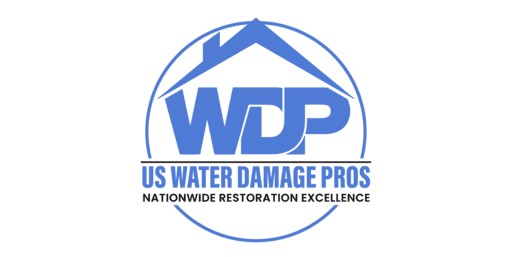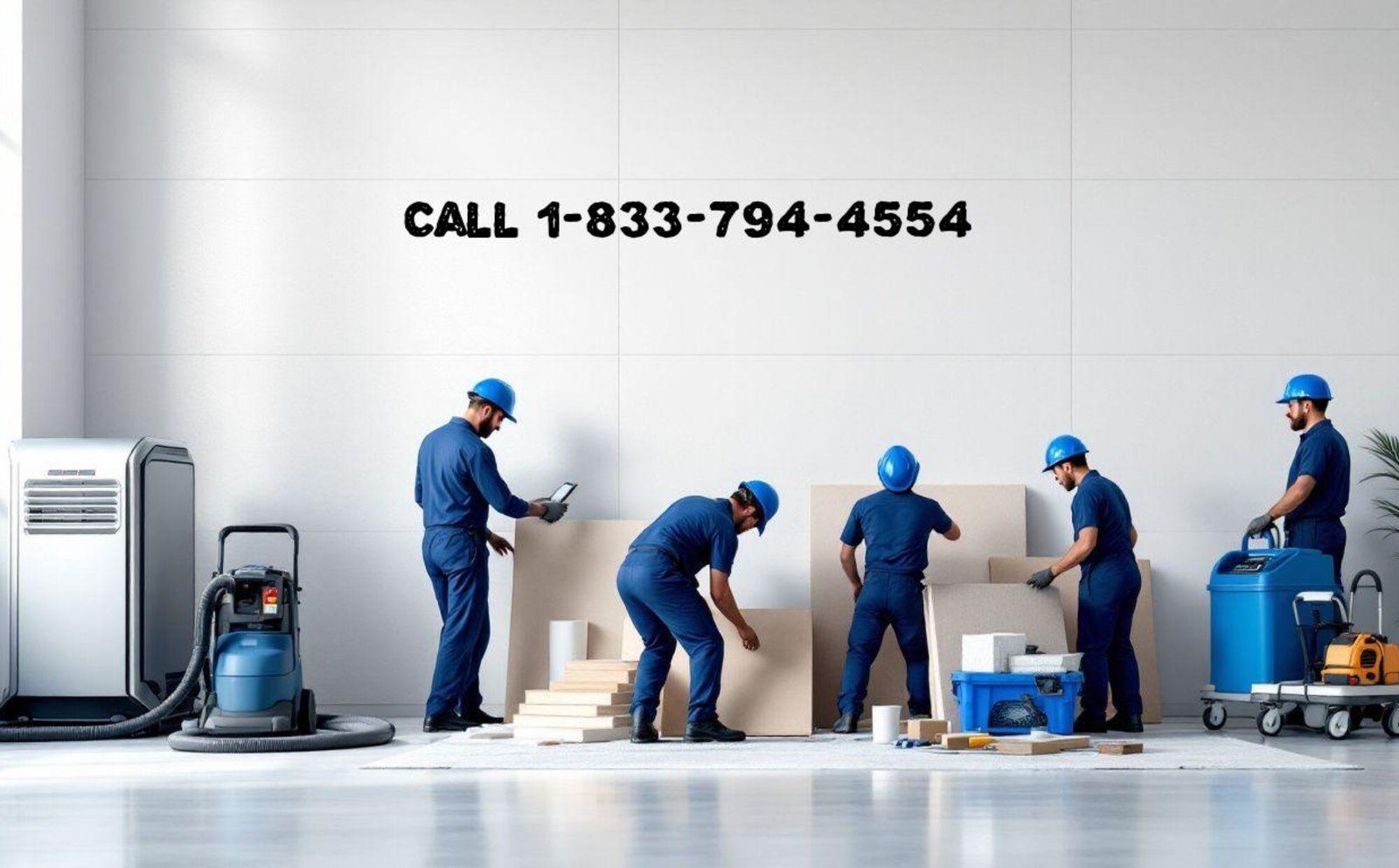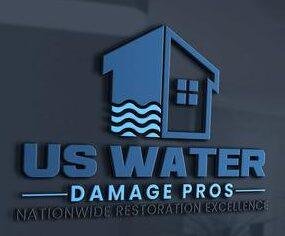Water Damage Restoration
Call 1-833-794-4554
Top-Rated Water Damage Restoration Services Near Me
If you have recently experienced water damage, you need to act fast. Find reliable water damage restoration services near you now. Call today to get our local professionals to restore your home before there is any more damage.

Locate Nearby Water Damage Restoration Services
When water damage happens, finding a reliable nearby restoration company is critical. Companies like US Water Damage Pros provide complete water damage restoration services.
You need experienced professionals who offer 24/7 comprehensive cleanup and repair services. We also provide emergency flood services, water damage repair, and mold removal.
Selecting a company with experience is key. It doesn’t matter if you are dealing with flood water or burst pipes, US Water Damage Pros stands ready to help. Fast water removal and damage mitigation prevent further issues. But you must act immediately!
What is Water Damage Restoration?

Water damage restoration is a five step process which will return your property to its pre-damaged condition. This process starts with a thorough evaluation of your property damage. After which, we develop a tailored-for-you restoration plan.
Companies use top of the line equipment and techniques to restore your home or business. The main objective is to restore the affected areas to their original state. All the while, mold growth and other long term problems must be prevented.
The water damage restoration process can be a bit complicated. No matter who you choose to do the work, it requires pros with the right tools and expertise. Addressing structural damage and extracting contaminated water are vital steps. Understanding this process will help you appreciate the importance of prompt and professional intervention.
Importance of Prompt Water Damage Restoration

Taking immediate action is crucial when dealing with water damage. As the old saying goes, all is lost in hesitation. This certainly applies ten fold in water damage restoration. Delays can cause extreme structural damage. The potential for walls, floors and ceilings to weaken is always possible.
First you need to identify where the water is coming in and stop it. It is important to note that mold can start growing within the first 48 hours. Mold can pose serious health risks if not addressed.
The most common causes of water damage that requires immediate attention include, but are not limited to:
- Broken household appliances such as dishwashers and washing machines
- Extreme weather such as hurricanes and other flooding
- Burst pipes
Taking immediate action prevents problems from escalating!
Ignoring water damage even for just a few days can jeopardize the structural integrity of your home. What’s more, it can also cause health problems for anyone living in the house. Unaddressed water damage often leads to mold and bacterial proliferation.
Common Causes of Water Damage
The more home and business owners understand about water damage, the better off they will be in preventing and minimizing related problems. If you see water puddles on surfaces, take note. This often indicates a plumbing issue that needs to be addressed. Another indication of a problem is something like a sudden spike in a utility bill. This could indicate that you have hidden leaks somewhere.
Foundation cracks can affect structural stability. Other sources of water damage could be burst pipes, broken appliances, and flooding. Identifying these issues early often leads to reducing damage and and restoration costs.
Signs Your Home Needs Water Damage Restoration
A persistent musty odor is usually a sign that hidden moisture is behind walls or possibly under floors. That moisture could indicate that there is hidden mold or mildew. Yellow or brown discoloration on walls or ceilings is another sign of moisture.
Peeling paint or wallpaper can also be caused by moisture. Warped floors often point to water damage beneath the surface. Visible mold on walls or ceilings is a bad sign too.
Staying on the lookout for these warning signs is one of the best ways to reduce water damage.

Detailed Water Damage Restoration Process
Here are the five main steps of the water damage restoration process.
Initial Inspection and Assessment
The restoration program starts with a thorough evaluation to assess the extent of the damage and to put together a game plan.
During this phase, an Identification of the water contamination category is both completed and necessary. This inspection and evaluation leads to an effective restoration plan.
Water Extraction Techniques
After the damage is inspected and evaluated, the next phase is to extract the water. Professionals like US Water Damage Pros use vacuums and sometimes even submersible pumps to remove all standing water.
Drying and Dehumidification Methods
Next the dehumidification phase begins. Air movers and commercial-grade dehumidifiers will restore proper moisture levels throughout the home. Establishing the water damage class will determine the specific drying needs.
Cleaning and Sanitizing Procedures
Cleaning and sanitizing are important steps in the process. We use personal protective equipment (PPE) and HEPA vacuums when dealing with contaminated water.
Repair and Reconstruction Services
The final stage of the restoration process is the repair and reconstruction phase. The goal here is to restore the property through appropriate repairs and replacements.
If extreme damage has occurred, reconstruction may be necessary. This includes the replacement of structural elements. Some badly damaged materials are removed to prevent further problems.

Choosing the Right Water Damage Restoration Company
Choosing the right water damage restoration company is as simple as taking a few minutes to review these points. All you need to do is look for businesses with good reviews, plenty of experience, proper licensing, and insurance.
How Insurance Companies Handle Water Damage Claims
Insurance usually covers accidental water damage, but not if it happens from your own negligence, flooding (without a separate flood policy) or lack of maintenance. As soon as you realize you have water damage contact your insurance company.
Summary
The journey through water damage restoration doesn’t have to be overwhelming. Just remember to recognize the urgency and select the right professionals. Prompt action is crucial to limit damage and ensure the safety and health of your residents.
By being proactive and staying informed, you can effectively manage water damage. Don’t delay! Take action today and ensure your home is restored to its former glory.

Frequently Asked Questions
What are the first steps I should take after I find water damage?
Contact a professional water damage restoration service . We can handle everything. Just call us at 1-833-794-4554. Notify your insurance company to initiate the claims process.
How quickly should water damage be addressed?
As quickly as possible, ideally within 24-48 hours.
What is included in the water damage restoration process?
The water damage restoration process includes initial inspection and assessment, water extraction, drying and dehumidification, cleaning and sanitizing, and repair and reconstruction. See these steps explained above.
Does homeowners insurance cover water damage?
Homeowners insurance usually covers sudden or accidental water damage, but it excludes damage due to negligence or lack of maintenance. Additionally, flood damage typically requires a separate insurance policy.
See our FAQ page for more questions and answers.



